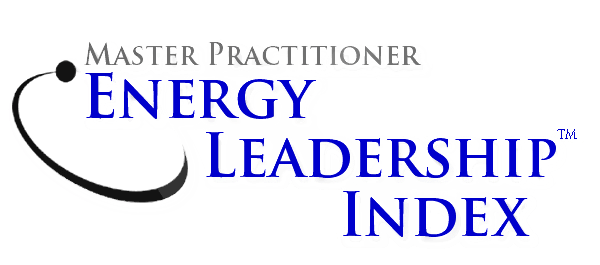Two weeks ago I wrote about navigating the unknown and the importance of strengthening our ‘change muscle’ by sitting in discomfort. Speaking from experience and with research to support it, we know the more we proactively put ourselves outside our comfort zones, not only do we grow, but our brains are better trained to handle all the unknowns that life throws at us. And why wouldn’t we want to better equip ourselves for the only thing that is constant in life? Because the only thing we can really count on is change.
I am in the midst of taking more steps to build out my work in the positivity space, and there are elements of the unknown in every decision I make. As the human brain guarantees, along with that unknown, comes the unsolicited neurological reactions of worry and other mind-chatter. So I’ve been navigating through this using techniques from positive psychology.
And isn’t it interesting that when you need a good dose of perspective, the universe just seems to give it to you? Sometimes random things happen that allow you to connect dots that you knew you needed to connect, but just couldn’t get there with your conscious mind. And that dot can get connected by a something as simple as an encounter with a little kid.
This week, I was at a donor breakfast for Big Brothers, Big Sisters, the 501c3 that matches adult mentors with kids in need. Before the program started, a children’s chorus made up of about a dozen 7-12 year olds walked in the room. You could only see the tops of their heads over the sea of business suit filled tables in the Union League ballroom. Their cute high-pitched voices proceeded to sing, “Don’t You Worry ‘Bout a Thing” by Stevie Wonder.
It was just what I needed. My subconscious mind immediately generated a dose of perspective. There was something about a small group of innocent children with no understanding of the challenges of adult life – singing to a room full of adults not to worry. These children are in need – they come from broken homes with both or one parent absent and are really learning to deal with change. And their brains aren’t yet fully equipped to handle the emotional turbulence of a bad neighborhood or family situation. But they are, without knowing it, learning how to deal with change. And that innocence will help them get through it.
We forget what its like to come at the world from that perspective – bright eyed, curious, impressionable, honest and open. They may not have to convince themselves “not to worry about a thing” because they don’t yet have the adult gifts of cynicism, bias or expectation of how things and people should be. And in that moment, listening to those kids sing, I regained some perspective.
Every so often, it can be pretty inspirational to jolt yourself out of your autopilot mental narrative and come at the world with some of that child-like wonder. Replace your narrative with positive affirmations that things will turn out as they should, new things are meant to be tried, unknowns can be exiting, risks should be taken, life is meant to be lived, and there’s no need to worry.






